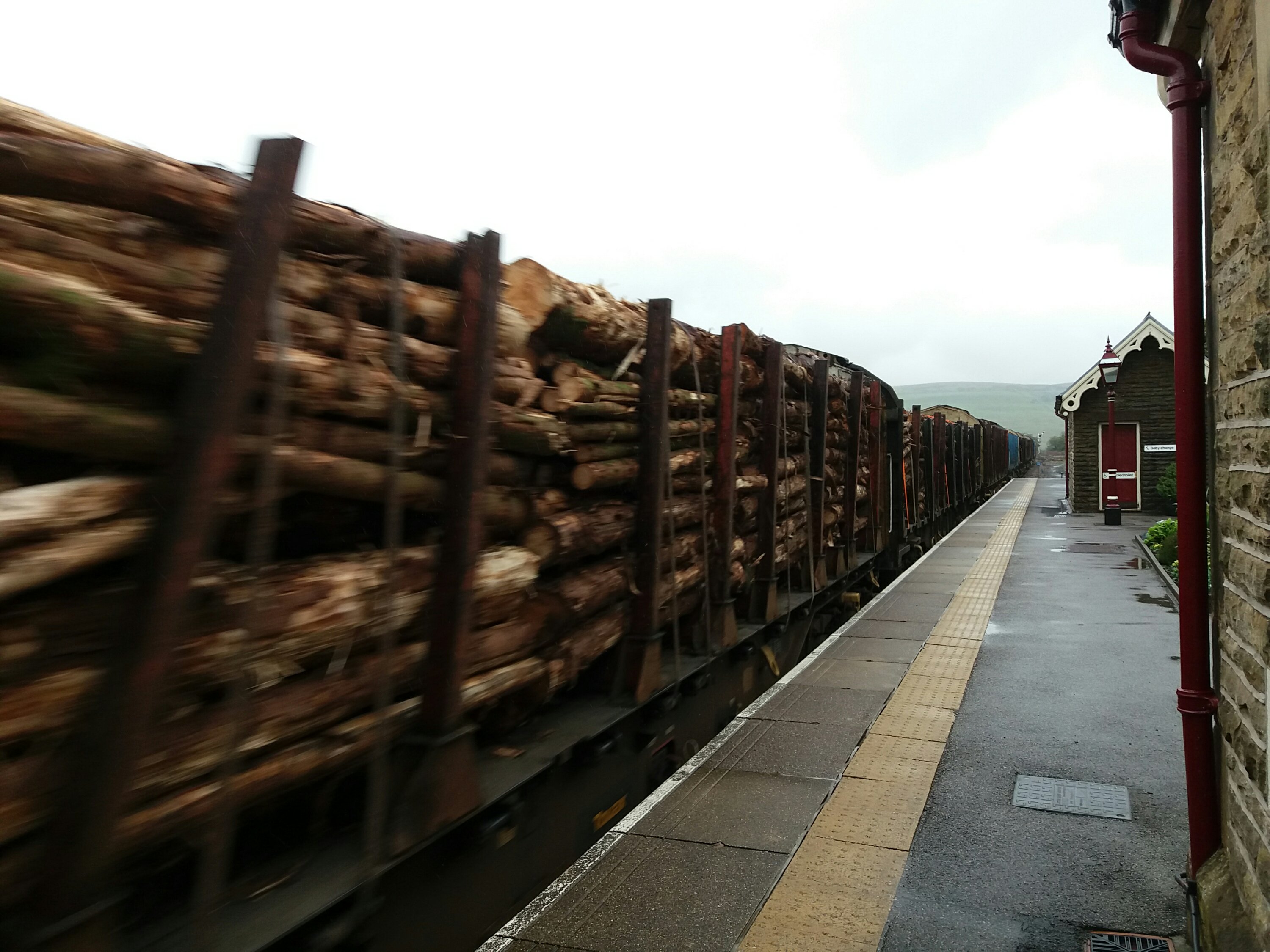I loathe exposition in horror stories, where the disturbing events are explained, systematised, and a solution proposed. The strangeness evaporates into a simple battle of good vs evil.
For much of 2017, Twin Peaks Club would meet at mine on Sunday evenings. We watched the original series, Fire Walk with Me, then the 18 episodes of the Return. In the aftermath of Twin Peaks’ final episode, someone announced that they knew nothing would be resolved. I felt there was a definite conclusion, I’m just not sure what it was.
(SPOILERS BELOW)
Since then I’ve read a lot about Twin Peaks, theories based on triplets, pocket universes, the Tempest and more. Every theory I read makes sense, yet contradicts all the others. I think the show is challenging its viewers to make their own myths.
One aspect of The Return is training the audience to be patient, to understand that there will be no easy answers. Deliberately frustrating scenes demonstrated this: the three minutes of silent floor sweeping, the wild goose chase for keys in the first episode. The show also questions the idea of watching TV – for example, with the glass box in New York, or the crowds watching as Carl Rodd (played by Harry Dean Stanton) cradles a dying child.
Everything looks ready for a curtain call in the last episode. Instead we find ourselves suspended from meaning as Cooper drives towards a conclusion. By the end of episode 17 it was obvious what needed to happen – cherry pie, rescuing Audrey, and defeating Judy. We’d even had some clunky exposition from Deputy Director Gordon Cole (played by Director David Lynch) explaining in simple terms what the show was all about, a long-running attempt to defeat an adversary.
The last hour deliberately undercut the idea of Cooper as hero saving a damsel in distress. The harrowing abuse inflicted on Laura Palmer cannot be removed so easily. We’re left with questions.
One of the joys of the new Twin Peaks is discussing these with other fans. Different details are drawn out. It feels like a collaboration, as if we’re all playing at a puzzle. Did Laura Palmer die? Where is Audrey? Are the continuity errors in the recent Twin Peaks book the result of whatever happened in the final episode? Does the White Lodge exist? Which characters in the show are dreaming? Is Sarah Palmer ‘Judy’? Why did the final scene echo this one from Season 2:
https://www.youtube.com/watch?v=Db9to1uazmU
This is not the last thing I’ll write about the show – I’ve made too many notes about too many theories. I can imagine playing with this puzzle for years. I need to rewatch scenes, listening for the Sarah Palmer dialogue supposed to be heard in the last scene. I’m looking forward to the all conversation where we ask ourselves who killed Laura Palmer.

























